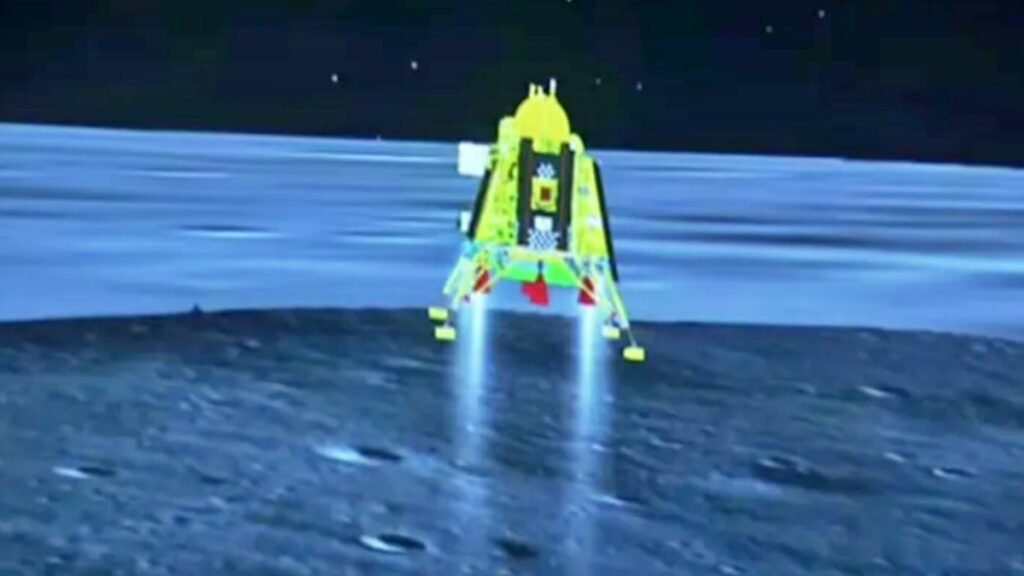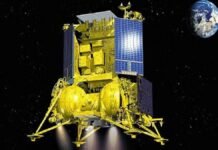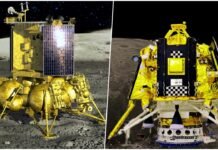
Bengaluru: India has achieved a historic feat by landing a robotic rover on the south pole of the Moon, which no other country has ever reached. The Lander Module (LM) of Chandrayaan-3, India’s third lunar mission, touched down softly on the lunar surface on Wednesday. India is now the fourth country to land softly on the Moon, after the USA, the former Soviet Union, and China. However, all their previous landings were in the equatorial region of the Moon, not in the polar region.
Chandrayaan-3 is a follow-up mission to Chandrayaan-2, which failed to land on the Moon in 2019 due to a brake system failure. India’s first lunar mission, Chandrayaan-1, was launched in 2008 and orbited the Moon.
India beats Russia in the race to the Moon’s south pole
India launched Chandrayaan-3 on July 14, 2023, using a Launch Vehicle Mark-III (LVM3) rocket. The mission cost Rs 600 crore and took 41 days to reach the Moon. India beat Russia in the race to the Moon’s south pole, as Russia’s lander Luna-25 crashed on the lunar surface a few days before Chandrayaan-3’s landing.
The Moon’s south pole is a mysterious and unexplored region that may have water
The polar regions of the Moon are very difficult to explore because of their environment and isolation. They have not been visited by any spacecraft before. Scientists are interested in studying the south pole of the Moon because it may have water near it.
The rover will move and do experiments for 14 days
The rover will come out of the lander using one of its side panels and start moving on the lunar surface. It will do a chemical analysis of the soil and rocks while moving. The lander and rover will work for one lunar day (about 14 Earth days) to study the lunar environment. They may work for another lunar day if possible.

The rover and lander will stop working when it gets dark
The rover and lander will only work when there is sunlight. When the sun sets, it will become very dark and cold on the Moon. The temperature will drop to minus 180 degrees Celsius. The rover and lander will not be able to survive in these conditions. They may start working again when the sun rises, but that is not certain.

















































